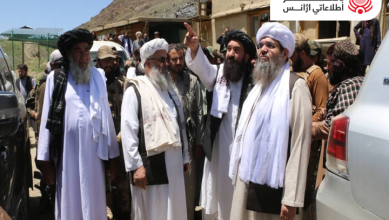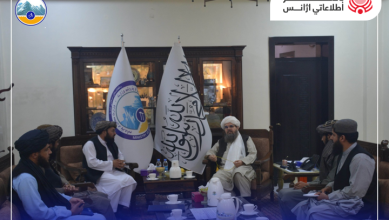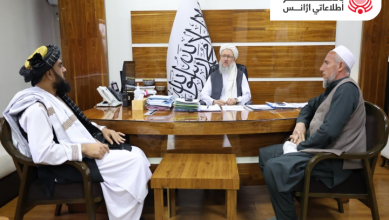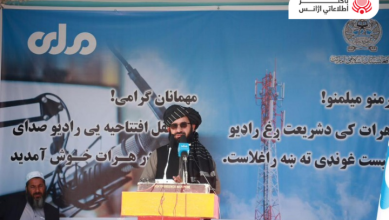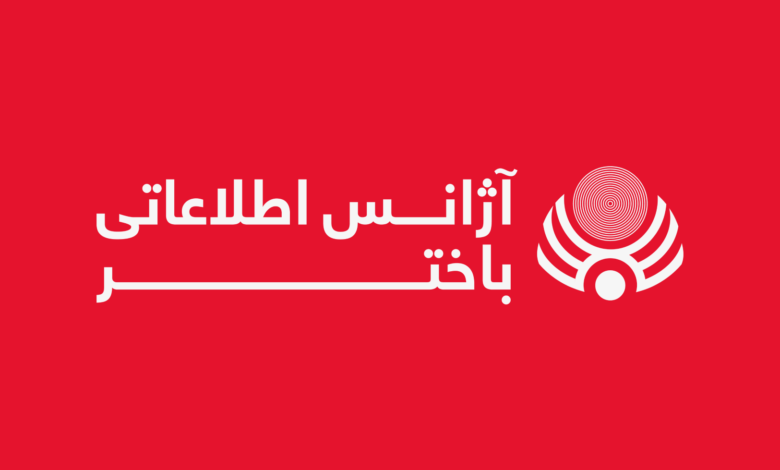
Saturday, September 17, 2016
Kabul (BNA) Social media is becoming an intrinsic part of urban life in Afghanistan and afghan youth are increasingly using social websites and weblogs on the internet for wider communications and debates on all kinds of social and political issues.
The idea in general is to support social media use in Afghanistan, while also empowering increasingly connected Afghans to speak up and have their voices heard. According to the ministry of communications and technology, 8,6 percent of the Afghans population uses internet. Over 2400000 Afghans are regular users of social media sites including Facebook twitter, YouTube, and weblogs. Access to internet in Afghanistan become common in 2002 after former president Hamid Karzai took office. It was banned prior to 2002 because the previous government, led by Taliban. Felt that it was used to spread obscene, immoral and anti- Islamic content. The Taliban government also could not easily monitor the few internet users at the time because they obtained their telephone lines from neighboring Pakistan after the fall of the Taliban regime, the situation has drastically improved up from five functional internet service providers (ISPs) in 2003, Afghanistan now has 22 internet hosts and sever main ISPs, and a growing number of internet cafes and tele- kiosks (public access points located in post offices and at Kabul international airport) Afghanistan was also legal control of the “AF” domain in 2003, and the Afghanistan network information center (AFGNIC) was established to administer domain names, the ministry of communication was than charged with spinning of all telecommunication operations and services in to a newly created autonomous company called Afghan Telecom. Significant challenges Afghanistan still has a relatively small percentage of internet users. By estimates made by AFP news agency- and getting accurate statistics in Afghanistan is difficult – only 2, 4 million Afghans, or 7.7 percent of the 31 million- population, have access to internet through computers or smartphones. Of those, about 63 percent are estimated to use social media on a regular basis. Internet access is also expensive in Afghanistan, although prices have recently decreased, thanks to the expansion of a fiber optic network, supported by the world bank and other international donors, that is about 65 percent complete, however, plans to connect all 34 provincial capitals with fiber optic network have been stymied by insurgent activities in the restive south and east of the country. Though internet sue remains low, there has been a significant advancement in access since 2002, when most Afghans had to travel to neighboring countries just to make a phone call. However the battle to increase usage is unlikely to be won quickly, especially due to its economic and social challenges. According to Roqeya Ahmadi, research based in the north western city of Herat. About 75 percent of Afghans live in rural areas with little or no accuses reliable electricity supply, let alone computers or the internet. Only 41 percent of the country has reliable electricity. Therefore, claims made by the government that more than half of the population has a mobile phone and four companies offer 3G services should be tempered by an acknowledgment that that not all users can keep their phones charged at all times. Literacy rate are also a concern and one of the factors of internet in Afghanistan although major strides have been made with more girls attending school official statistics released by the government shows that only 43 per cent of women can read an and write.
Though internet use remains low, there has been a significant advancement in access since 2002 developing media city- by-city
the first media centers were established in capital Kabul and in Herat. These media centers provide tools and training in everything from basic computer use to advanced multimedia editing. And are open to the public, small business owners and civil society organization for the first time in Afghanistan. People have started visiting the centers for training in digital photography and videography. Multimedia. Which is the cornerstone of many educational initiatives, was very important for a country like Afghanistan, especially after three decades of war. It has proven to be an effective way to increase people’s knowledge and to expand their vision of what they can do with their lives.
Internet was banned prior to 2002 because the previous government, led by Taliban, felt that it was used to spread obscene, immoral and anti- Islamic content. These community centers are an excellent idea, and would greatly increase exposure of local citizens to the tools and training needed to make high quality, high impact media sources the current plan is to open at least three more centers in other provinces like Mazar-i- sharif, Jalalabad, and Kandahar, with the long-term goal of creating a nationwide network of community media centers.
New media in 2016 Afghanistan held its first social media summit in 2013 at Kabul. Although there may be too few Facebook users in war- torn country at the moment proliferation of social media has provided its youth with fertile ground for self-expression with 25s comprising 65 percent of the population, and on- going crucial political transformation followed the 2014 presidential election it was a timely moment for young people to find their vices.
The impact of new media and social media in Afghanistan has been proven more than once. For instance, a documentary film that portrayed the poor treatment of Afghan women had recently ignited heated online debate, and had been posted and reposted on Facebook and other social platforms. Meanwhile. A national talk show host caught wind of the storm brewing around the film and held a debate on the issues depicted in the documentary, under the theme: “change is not easy in Afghanistan. But it’s not impossible.” Despite these obstacles, Afghanistan youth, civic activists and politicians see the potential for social media to become a major forum for public engagement. It is also a good opportunity to strengthen the fledgling democracy and achieve long- lasting peace – something the people of Afghanistan deserve after prolonged years of war and destruction. The author is the head of media license department at Ministry of Information and Culture.

